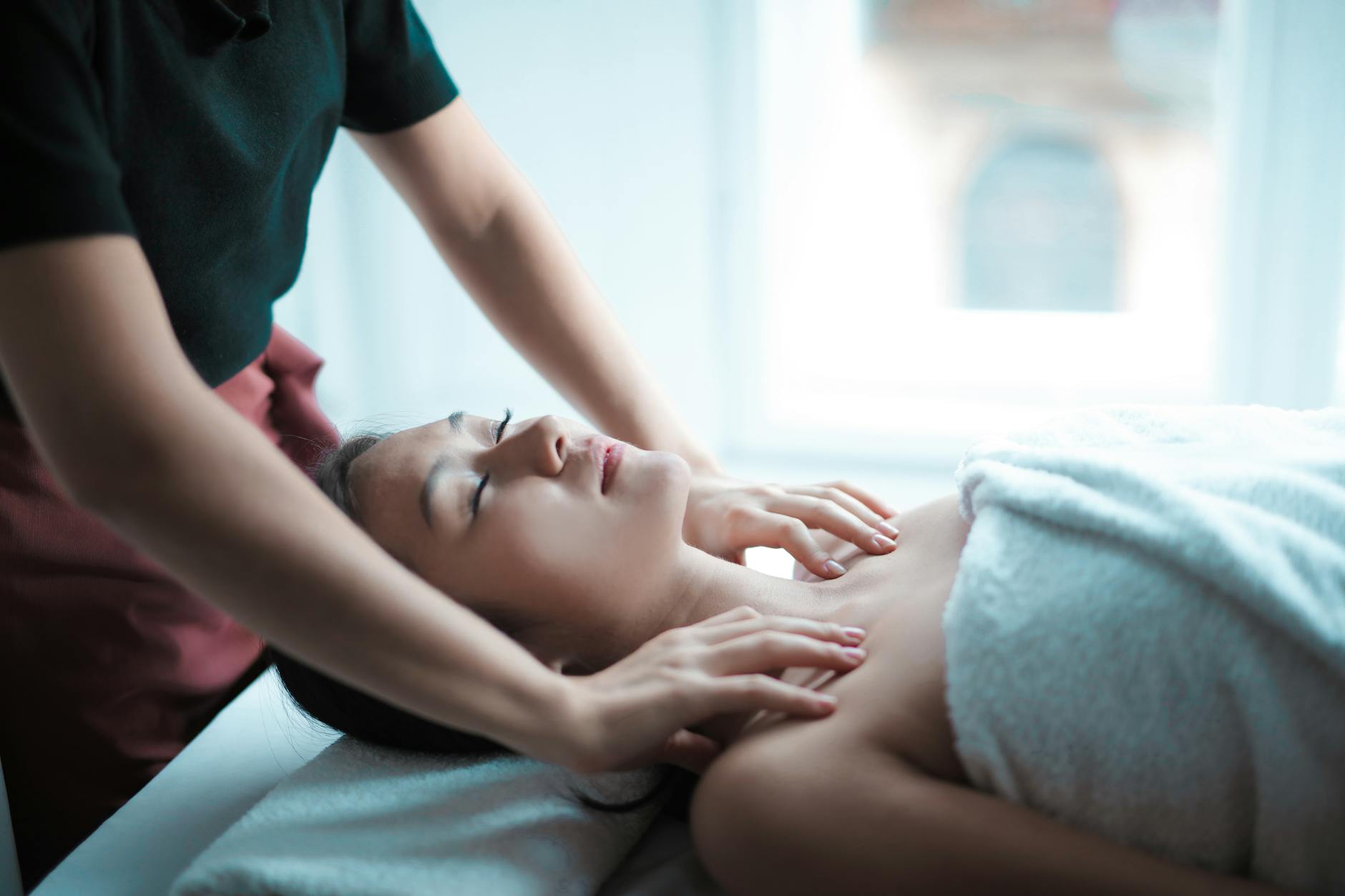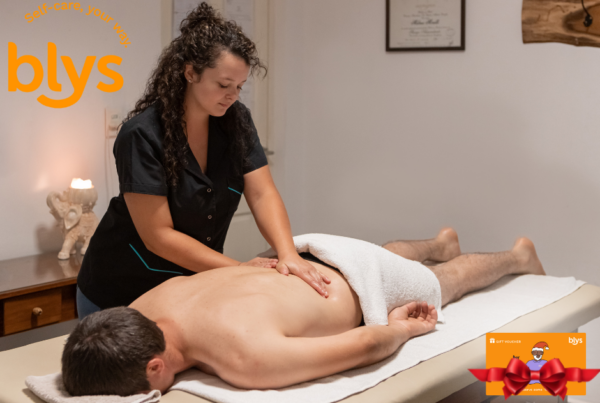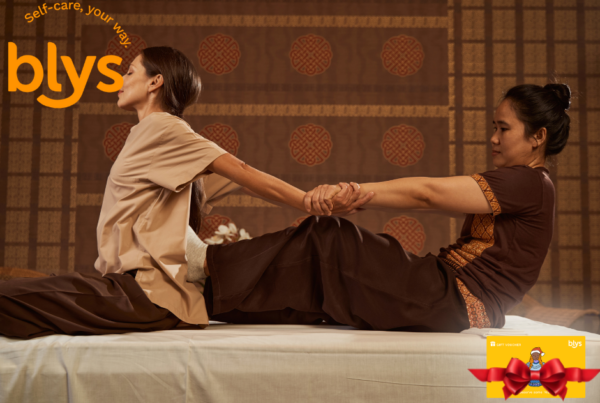What’s all the rage with sports massage?
A sports massage is beneficial for a number of reasons. Similar to a remedial deep tissue massage, the aim of a sports massage is to affect therapeutic change in the body rather than just to relax it. Implementing a sports massage into your training routine can see:
- Improved flexibility, great for impressing your date
- Enhanced muscle tone, equally great for impressing your date
- A boosted circulatory system, keeping your blood and body healthy
- Reduced muscle tension, because nobody enjoys feeling the strain
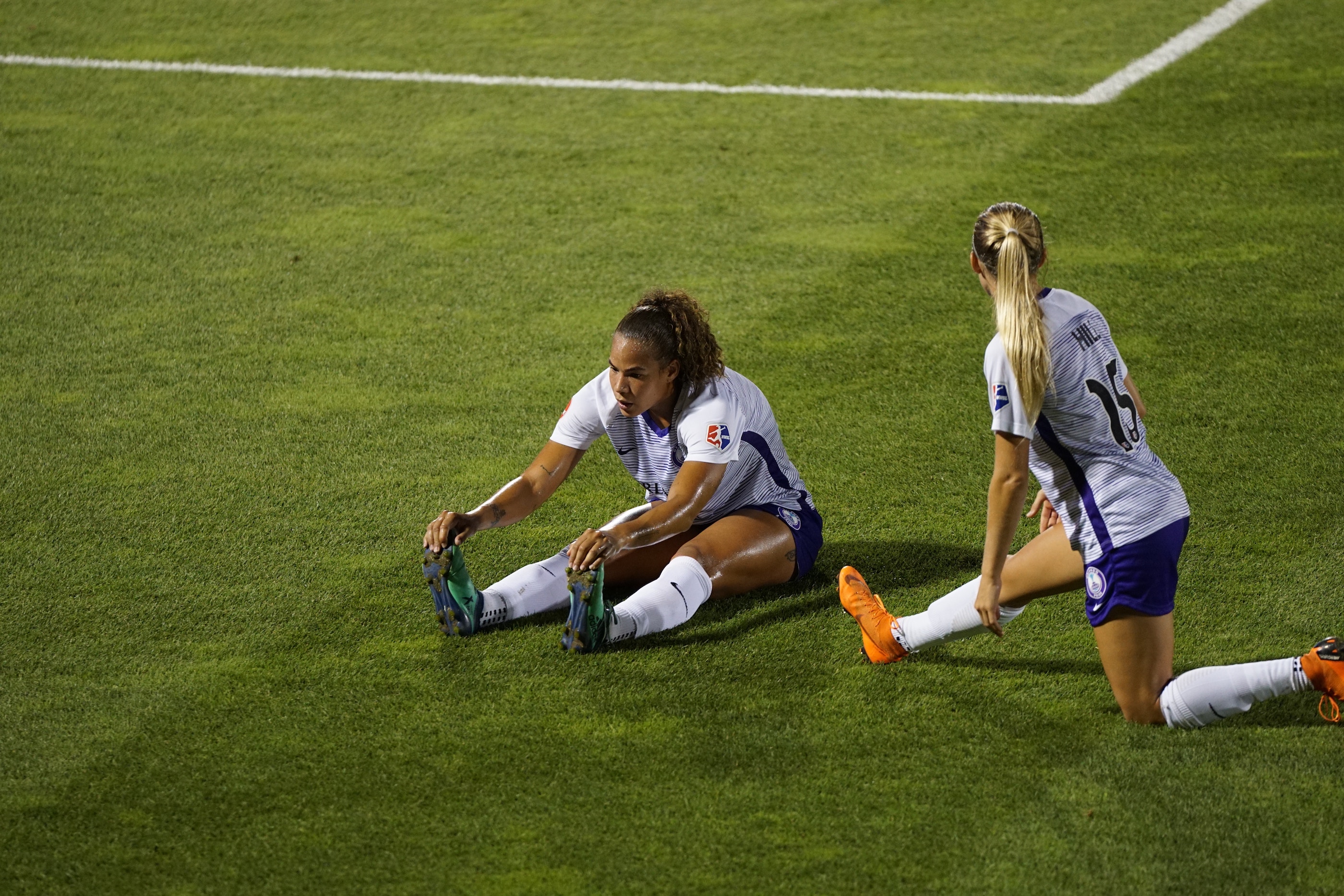
The Average Joe and Sportsman Sam can both reap the benefits of this tailored massage as it sets to work on your specific areas of affliction. Imagine that – a customised massage just for you.
I don’t play sports. Can I still get a sports massage?
Definitely, provided your body requires one. It’s called a “sports massage” because it is typically favoured by people who frequently exert their body – running, cycling, weight-lifting, dancing, racquet or contact sports – but is hugely beneficial to anyone whose body is subjected to repetitive strain. This can include construction workers, mums with little kids, gardeners, or anyone who performs strenuous work on a daily or regular basis.
So what’s the difference between sports massage and deep tissue massage?
This is a good question, and the simple answer is that sports massage focuses on rehabilitating muscular issues, preventing injuries, and speeding up recovery time, whereas deep tissue massage focuses on the deeper tissues surrounding the muscle to ease discomfort and alleviate chronic tensions.
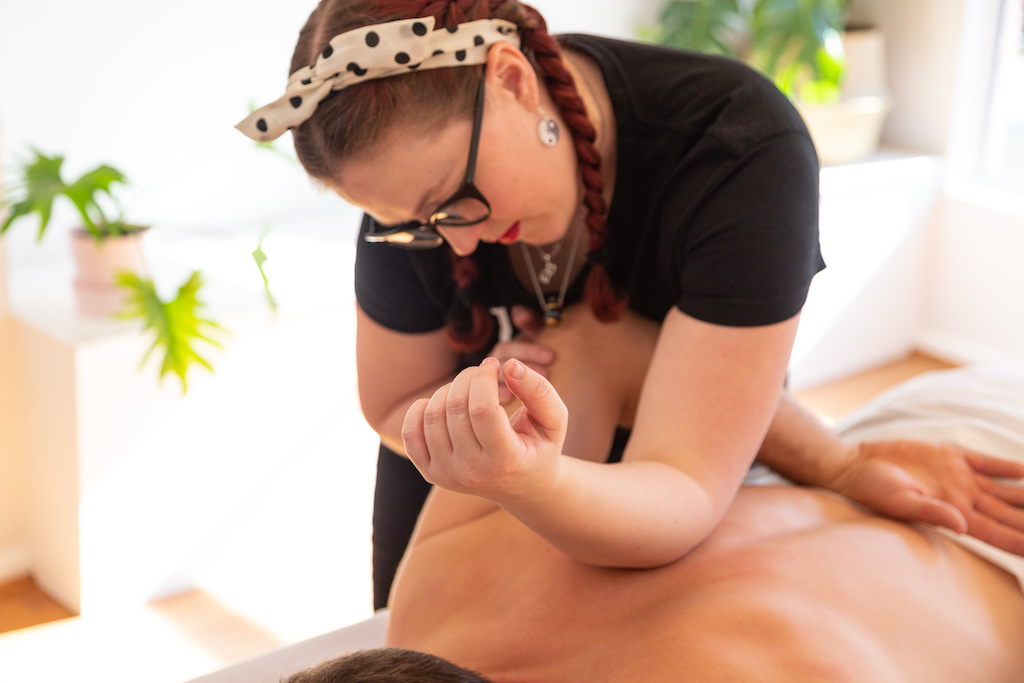
Sports massage is a systematic massage that works through the body at different levels. The ultimate goal is to prepare you for the physical exertion you’ll be performing. That’s why it is most popular with athletes. Deep tissue massage can be used by anyone, but is is most often requested by those who actually remain still for long periods of time. These are your office workers and corporates whose posture is compromised by keyboards and computers rather than barbells and bicycles.
How does a sports massage work?
As we mentioned, sports massage draws from a number of massage styles to provide a multi-faceted massage experience, including deep tissue and Swedish massage. Some of the techniques your massage therapist will use include:
- Effleurage – long, sweeping palm strokes to prepare the body for massage.
- Petrissage – kneading with the hands, thumbs, and knuckles.
- Stripping – pressure on the thumbs along the belly of the muscle, with the grain.
- Cross-fibre friction – quick rubbing against the grain of the muscle to stretch and broaden it.
- Trigger points – specific pressure into trigger points in muscles and connective tissues using fingers, thumbs, and elbows.
- Stretching – used to increase the range of motion in areas of restricted movement.
- Compression Massage – used as a warm-up for deeper, more specific massage work in both pre and post-event massage.
- Lymphatic Massage – stimulation of specialised lymphatic-drainage pathways, which improves the body’s removal of waste and toxins.
When should I get a sports massage?
The three main goals of a sports massage are preparation, prevention and rehabilitation. There are also three main times that a sports massage is best for: before your workout or event, after the session, and on training days.
Pre-workout
These are usually short, 10-15 minute massages done about four hours prior to any kind of exercise. The purpose of this is to warm and excite the muscles to prepare them for use. Pre-workout massages aim to improve performance and help decrease injury risk, and they are used in conjunction with the athlete’s warm-up to enhance circulation in the major muscles. They can also reduce excess muscle tension to ready the athlete for top performance during an event.
You can expect this massage to:
- Prepare the muscles for use
- Increase circulation
- Use light pressure
- Employ quick and fluid movements
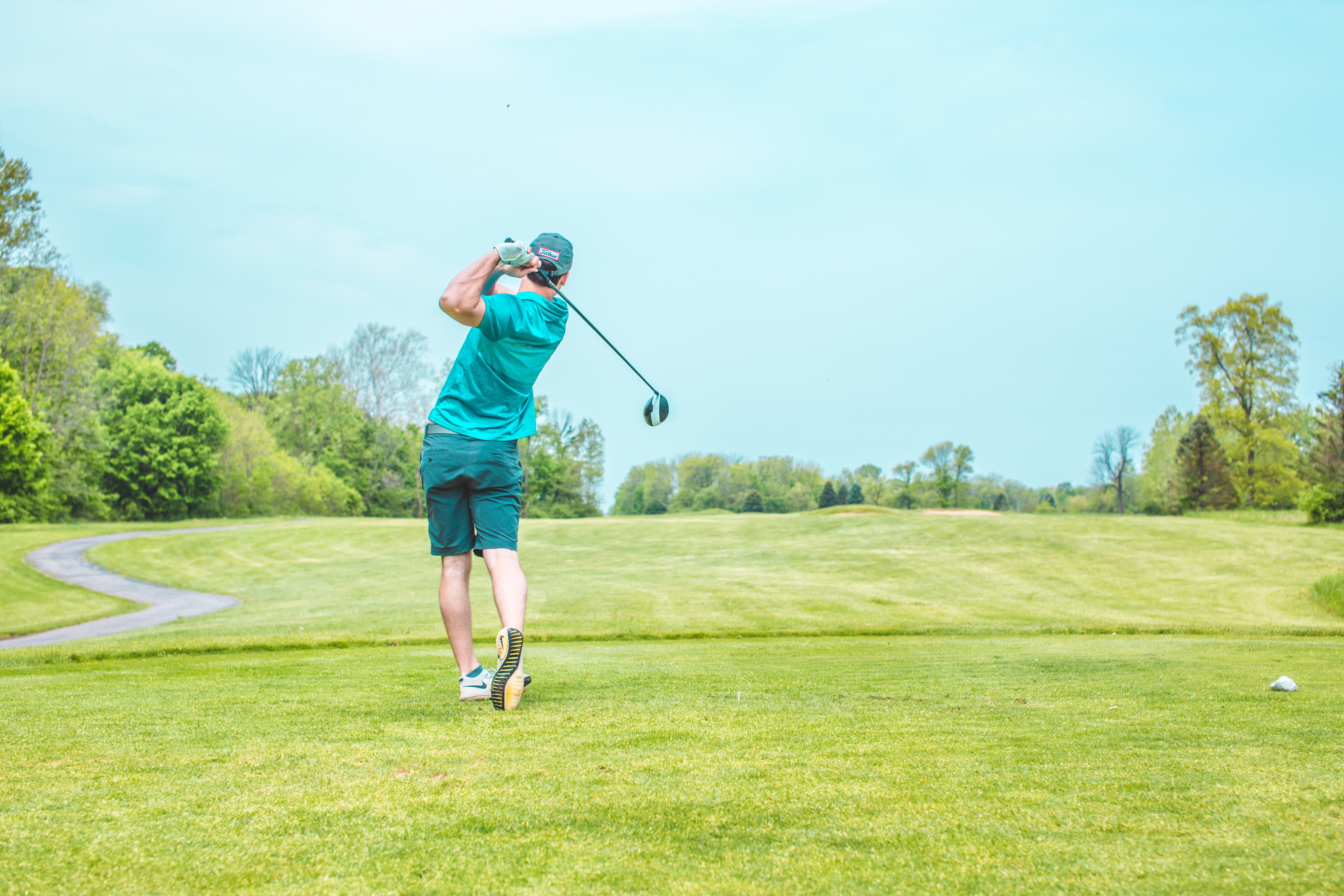
Post-workout
A post-workout recovery can last anywhere from 15 minutes to a full 90-minute massage. The focus here is engaging the muscles with heavier gliding movements and some deeper tissue techniques to reduce muscle spasms. Recovery massages are generally relaxing and mentally calming. A full-body recovery massage will encourage blood flow to expel lactic acid from the muscles more fluidly.
You can expect this massage to:
- Utilise gliding techniques
- Reduce tensions and tightness
- Have lymphatic drainage techniques
- Be physically and mentally relaxing
- Focus on relief from stiffness and soreness
- Decrease the potential for future injuries
Training days
You know that phrase “good hurt”? That’s usually what you’ll get out of a training day massage where the goal is to break down scar tissue, increase flexibility and muscle tone, and prime the muscles for optimum use. When used on days when you’re hitting the iron, a sports massage can work the muscles into their top gear.
You can expect this massage to:
- Challenge your muscles
- Zero in on your trigger points
- Use elements of deep tissue techniques
- Strip the muscles to break down scar tissue and knots
- Stretch your body
Does it hurt?
A sports massage isn’t always meant to be a relaxation massage, but it should achieve more supple muscles and a reduced risk of injury. Similar to deep tissue massage, due to the nature of this therapy as a rehabilitative one, the process might make you uncomfortable at some points. That’s why it’s always important to keep an open communication line between you and your therapist.
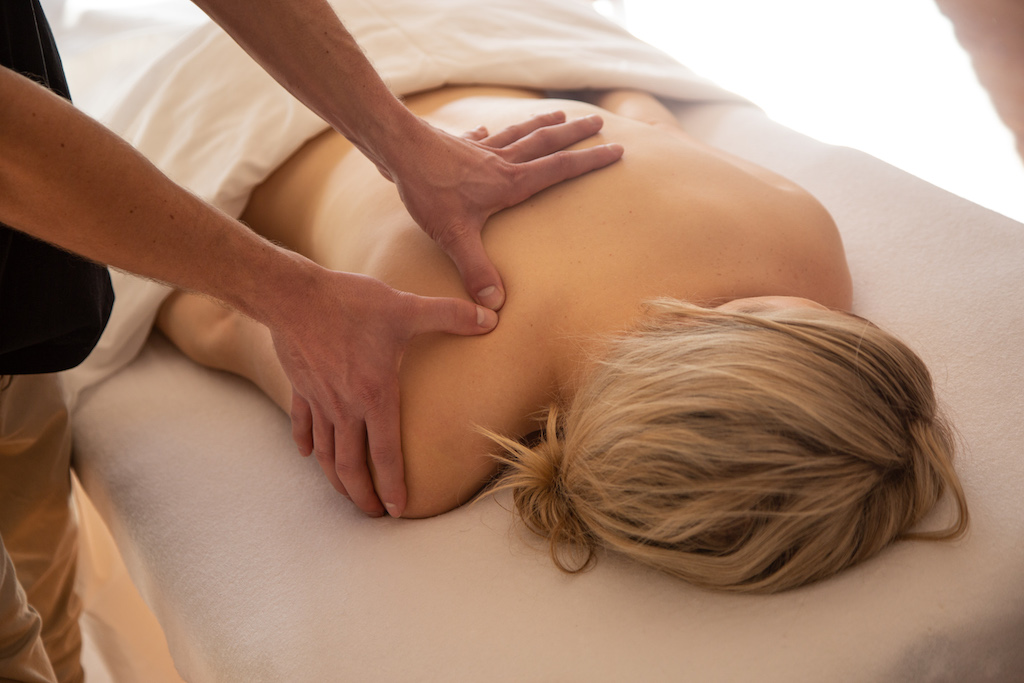
It’s important to remember that any discomfort is temporary; while you might be a bit sore in the following days, your body will have gone through a rejuvenating overhaul. More pain isn’t necessarily more effective – you need to be able to bear your massage!
What can a sports massage help me achieve?
As sports massage is most popular among athletes – particularly those whose exercise regimes can be intense – this type of massage can be beneficial to introduce at every stage of training. It will ultimately encourage your body to work to its greatest capacity and prime it to reach that. Even if you aren’t an athlete, a Blys massage therapist will customise your sports massage to suit your body type and physical performance.
Long-term benefits of sports massage include:
- A reduced risk of injury
- Faster recovery time
- Decrease in fatigue
- Enhancement of overall athletic performance
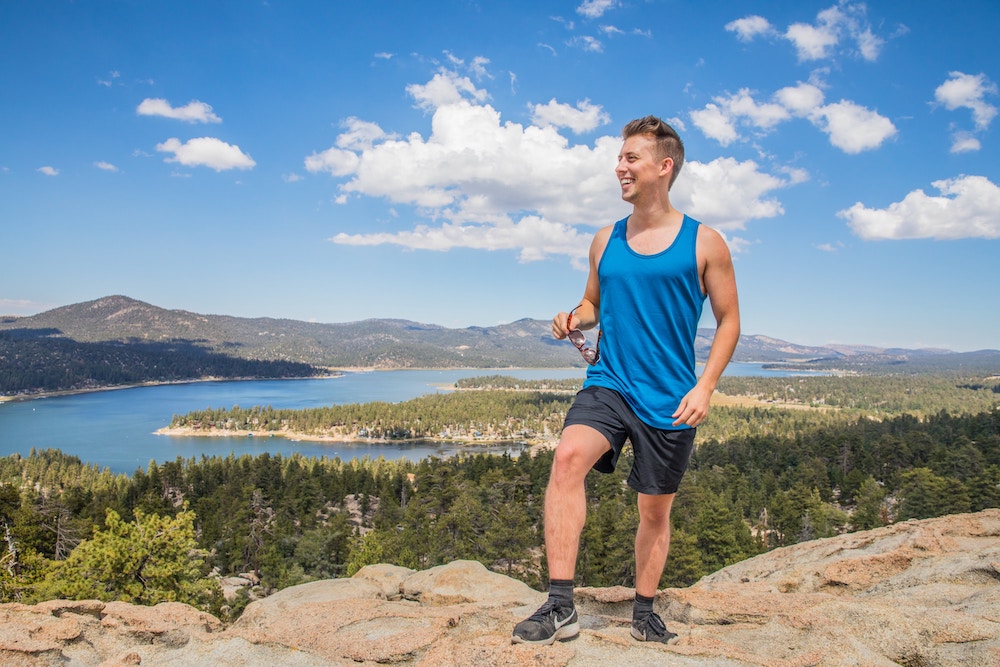
When you book your next sports massage with Blys, specialised therapists travel to your home, hotel, or office. Start implementing massage into your weekly routine today and begin reaping the rewards!

